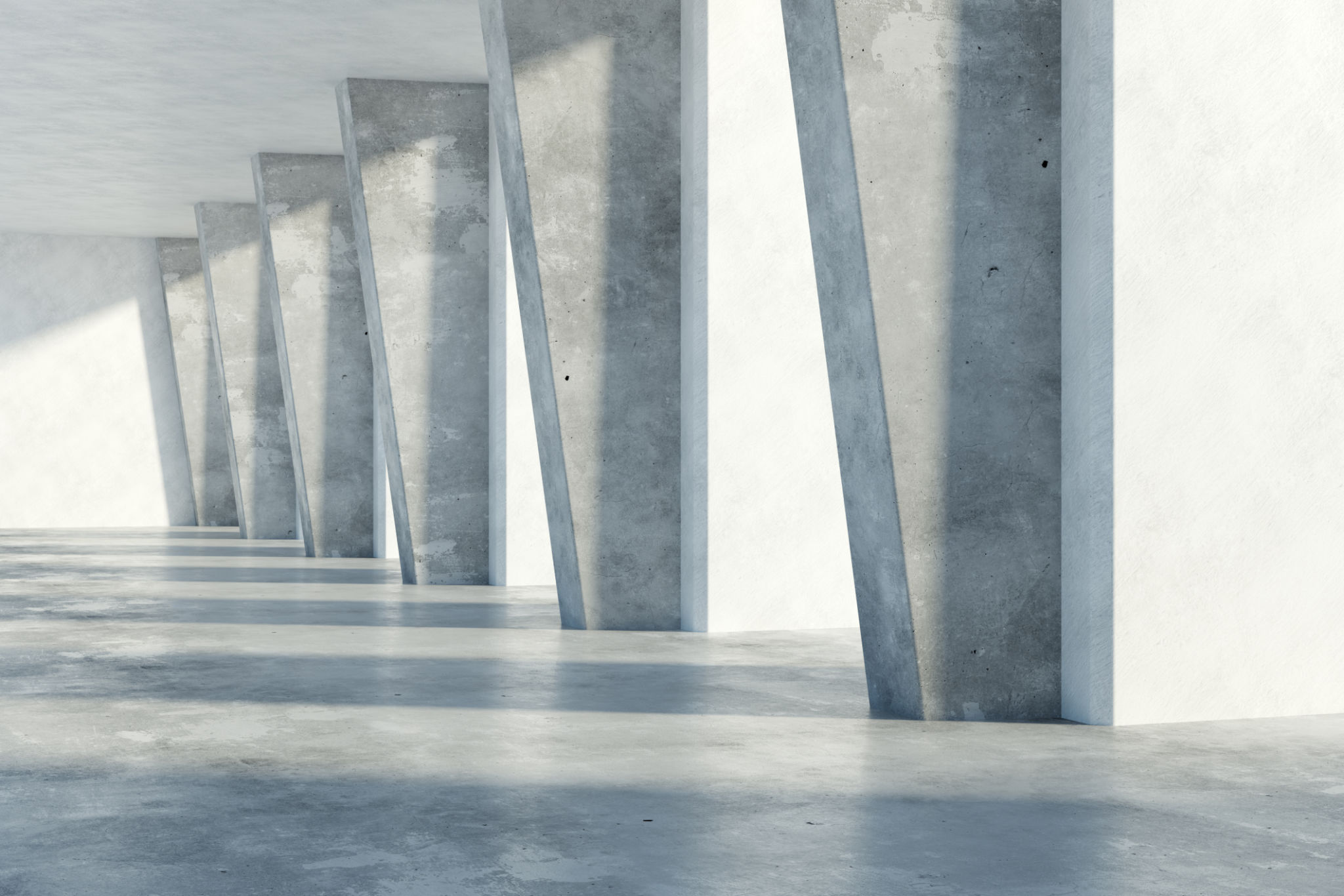The Ultimate Guide to Architectural Concreting: Transforming Spaces with Style and Strength
Introduction to Architectural Concreting
Architectural concreting is not just about laying down a foundation; it's an art form that combines function with aesthetics. As the backbone of modern design, concrete has evolved to become a versatile material that offers endless possibilities for transforming spaces. By blending style with strength, architectural concreting can redefine residential, commercial, and public spaces alike.

The Versatility of Concrete
Concrete is celebrated for its incredible versatility. It can be molded into almost any shape, allowing architects and designers to create unique structures that stand out. From sleek, minimalist interiors to grand, sweeping exteriors, concrete can be adapted to meet the specific needs and visions of any project.
In addition to its moldability, concrete can be finished in a variety of textures and colors. Whether polished for a smooth, reflective surface or left with a raw, industrial feel, concrete offers a range of finishes that can enhance the aesthetic appeal of any space. This adaptability makes it a preferred choice for those looking to make a bold statement.
Benefits of Architectural Concreting
The benefits of architectural concreting extend beyond aesthetics. Durability is one of its most significant advantages. Concrete structures are known for their long lifespan, withstanding weather extremes, wear and tear, and even fire. This resilience makes it an ideal choice for high-traffic areas and outdoor applications.
Another key benefit is sustainability. Concrete is made from abundant natural resources, and advancements in technology have led to more eco-friendly production methods. Additionally, concrete's thermal mass properties contribute to energy efficiency by regulating indoor temperatures, reducing the need for artificial heating and cooling.

Applications in Modern Architecture
Architectural concreting is used in a wide range of applications, from residential homes to large commercial complexes. In residential settings, concrete is often employed for countertops, flooring, and feature walls, adding a touch of modern elegance and robustness.
In commercial architecture, concrete is used not only for its structural capabilities but also for its aesthetic qualities. It’s common in office buildings, schools, museums, and public infrastructure projects where both beauty and strength are essential.
Innovative Designs with Concrete
With advancements in technology and design techniques, architects are pushing the boundaries of what concrete can achieve. Innovations such as 3D printing with concrete and the use of fiber-reinforced materials are paving the way for more complex and intricate designs.
These innovations allow designers to experiment with new forms and textures, creating spaces that are not only functional but also visually stunning. The result is a blend of artistry and engineering that transforms ordinary spaces into extraordinary experiences.

Conclusion: The Future of Architectural Concreting
The future of architectural concreting looks promising as it continues to evolve with new technologies and sustainable practices. As architects and builders explore its full potential, concrete will remain a fundamental element in creating spaces that inspire and endure.
Whether you're considering a new build or a renovation project, architectural concreting offers a compelling combination of style, strength, and sustainability that can elevate any space to new heights.
